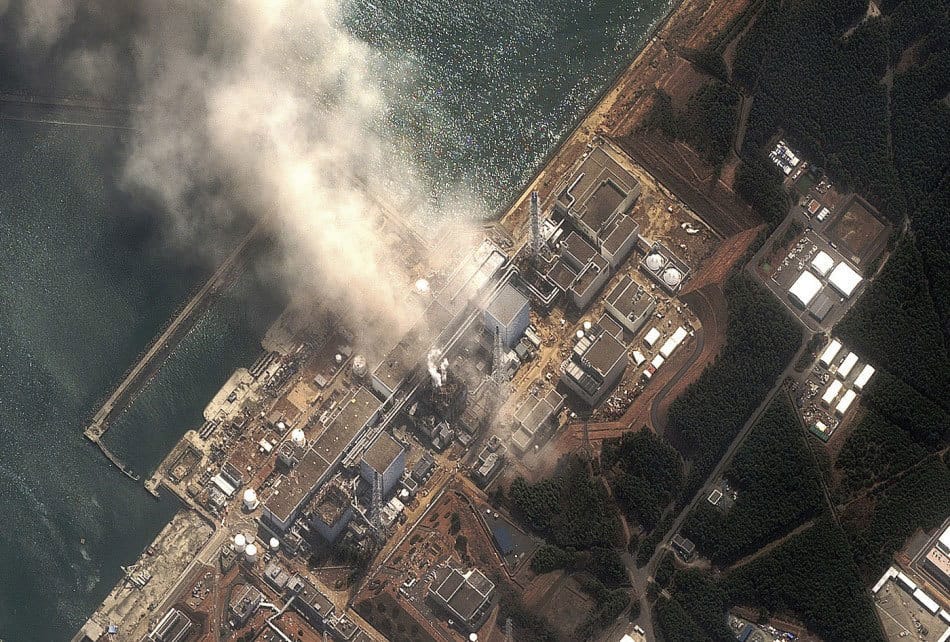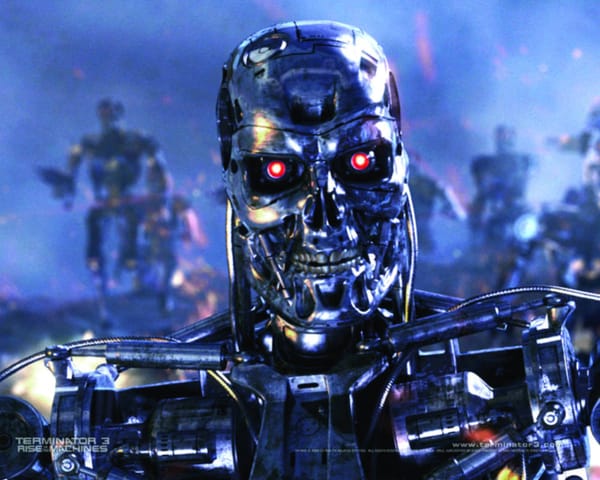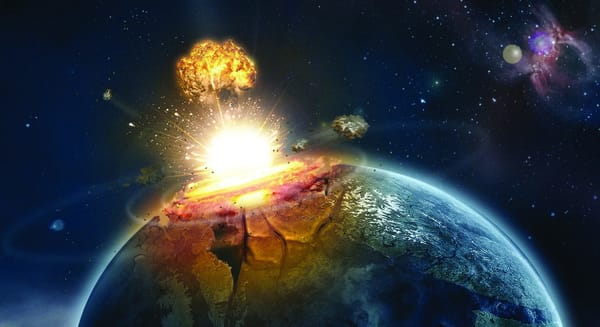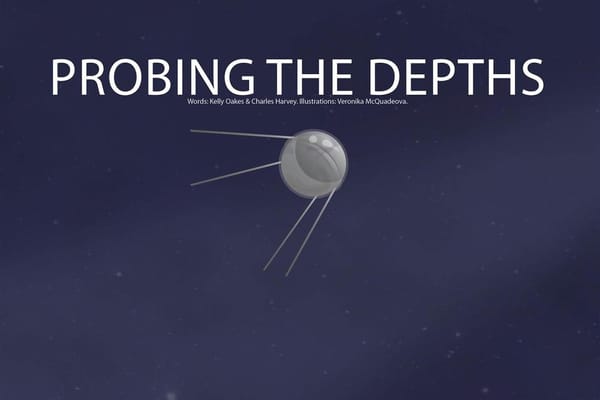Scientific foundations of Tōhoku quake
How Japan’s buildings coped in the face of one of the worst quakes in recent history, and the struggle to secure the Fukushima nuclear power plant

Like all large earthquakes, the Japanese quake occurred in what is known as a subduction zone. In these zones – which are common in the Pacific – large slabs of solid rock called tectonic plates move towards each other. When they collide, the less dense plate will ride over the denser plate, which is forced below the other.
Michael Warner, Professor of Geophysics at Imperial College, specialises in crustal seismology. Warner explained, “as the plates push past each other, the friction created locks the plates temporarily together in a boundary zone. Elastic stresses build up in the rocks in this boundary. Eventually this stress is sufficient to overcome friction and essentially breaks the locked boundary between the plates. This causes a sudden release of stored elastic energy. Some of the energy that is released propagates as seismic waves. It is these waves that knock down buildings”.
Japan has very good earthquake resistant building codes. Most damage and loss of life was as a result of the tsunami which is very difficult to protect against other than by being elsewhere Professor Michael Warner
The total amount of energy released depends on the strength of the rocks, the size of the fault (the fractures in these rocks) and the total ‘slip’ that ensues when the friction becomes too much. “Strong rocks, a large fault, and large slip gives a big event”, says Warner. “In subduction zones – the faults are long, the cold rocks are strong, and there is a lot of accumulated slip to release”.
Tsunamis, like the one that followed last Friday’s earthquake, are triggered when the sea bed moves and “displaces a column of sea water vertically. Gravity works to restore a horizontal sea surface but the resulting disturbance propagates as a wave. This wave has small amplitude in deep water, but the amplitude grows dramatically as the wave enters shallow water – somewhat like a conventional wave steepening before it breaks on a sloping beach.”
It was the tsunami rather than the earthquake that drove the majority of the devastation in north-east Japan, Warner explains. “Japan has very good earthquake resistant building codes. Most damage and loss of life was as a result of the tsunami which is very difficult to protect against other than by being elsewhere.”
Thea Cunningham
EARTHQUAKE PROOFING
Building in an earthquake zone is, unsurprisingly, a tricky business. Japan is no stranger to earthquakes, so it has a strict building code in place and some very sturdy buildings. After the Kobe earthquake in 1995, which killed about 6000 people, Japan put enormous resources into designing new buildings that could withstand major earthquakes and also retrofitting older, more vulnerable ones.
Instead of trying to make buildings earthquake proof, engineers instead design them to be damaged — but in a controlled way that aims to only affect specific parts of the structure.
Peter Stafford, from the Department of Civil and Environmental Engineering at Imperial, explained why: “The act of getting damaged is the way in which structures are able to dissipate the energy put into them by earthquakes”. If there was no damage, there would be nowhere for the energy of the earthquake to go.
Taller buildings often have an advantage here as they can sway back and forth more easily than shorter buildings, and because of this, counterintuitively, they are safer
Flexibility is key; taller buildings often have an advantage here as they can sway back and forth more easily than shorter buildings, and because of this, counterintuitively, they are safer. Short buildings are very rigid and can be shaken violently as the ground moves during an earthquake.
Earthquakes cause sideways forces that shake buildings. Some buildings rest on huge rubber and steel pads that can slide from side to side when an earthquake hits and disperse this sideways energy. However, these pads only work for structures up to 20 or 30 storeys high; any taller and the building squashes the pads and makes them useless.
Some Japanese high-rise buildings also have a skeleton of steel braces and hydraulic shock absorbers. These dampen the earthquake energy as it moves up the building.
Japan is also well prepared for tsunamis, with seawalls in many coastal towns that can be as high as 40ft, and tsunami shelters on higher ground.
Kelly Oakes
FIXING FUKUSHIMA
As well as causing billions of dollars worth of damage to the buildings in the Tōhoku region of Japan, the earthquake has created one of the most serious building casualties in history – the Fukushima I Nuclear Power Plant. The earthquake, and subsequent tsunami, has resulted in a series of incidents that has lead to dangerous levels of radiation leaked to the local environment – an accident that will cost several billion more to fix.
The earthquake, while destabilising the building integrity of the reactors, also resulted in the automatic shut down of the reactor cores. The subsequent tsunami, however, delivered the potentially fatal blow, by knocking out the generators used to power the water pumps used to cool the spent fuel storage pools. Normally, pools are kept at around 25°C, but with the temperature in Unit 4 at 84°C as of the 15th of March, the risk of the water level dropping sufficiently to expose the fuel is rising. Were this to happen a risk of radioactive leak could occur.
It shows how complex the systems are and how difficult it is to mitigate against failures for complex systems like nuclear plants Dr John Hassard
Dr John Hassard, a reader in Physics at Imperial, believes the worst is yet to come. “The fact they are pumping in sea water to cool the cores is desperation. It is not good practice.” Indeed, the situation is getting so desperate, authorities have had to arrange water drops via helicopters onto the overheating fuel stores. According to Hassard, the incident is a disaster for nuclear power – not just for Fukushima, but for its reputation as an uncontrollable and dangerous force. “It’s not that we expect tsunamis in Sizewell B, but it shows how complex the systems are and how difficult it is to mitigate against failures for complex systems like nuclear plants.”
Dr Hassard points out that while the wind direction has helped divert a majority of the contamination toward the Pacific, it cannot be relied on for too long. “The local people are definitely in danger”, he says. “The radiation will be dominated by Caesium-134 and 137, and a number of other radionuclides, most with shorter half lives.”
While the full extent of the damage is yet to be known, Hassard notes that reactor safety technology has evolved since the 1980s. Had there been a temperature excursion in the RBMK reactors of Chernobyl, we would very likely have seen a situation much much worse.
Charlie Harvey








